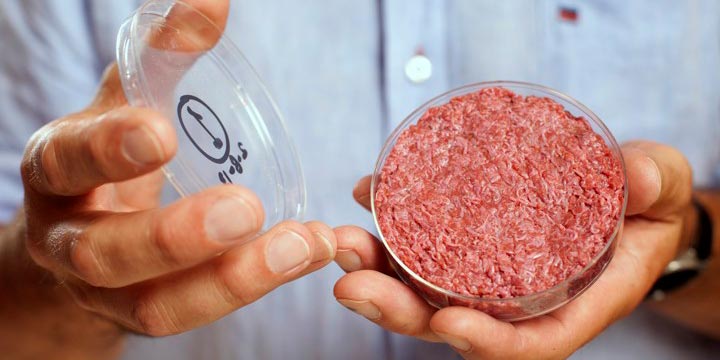
Cultured war on words
Petri-dish grown meat, or cultured meat, or possibly clean meat, or in vitro meat is coming, whether you like it or not.
There has been so much progress in the field, that it’s pretty clear these product will end up in our grocery stores eventually. Several startups, for example the Memphis Meats, have been developing these products for years and now even food giants like Tyson Foods and Cargill have invested on the field—a clear sign that lab-grown meat is making the move from science fiction to grocery stores.
However, we still cannot even decide what to call it. The FDA decided to convene a public meeting to discuss how lab-grown meat should be regulated, and the names mentioned above are examples of what different stakeholders want it to be called. All of the names bring out different associations. For example, "clean meat" is promoted by the tech and vegan circles and "cell-cultured" is preferred by some scientists. And there seems to be no consensus. Except some among consumers.
According to a survey done by Consumer Reports, "lab-grown meat" seems to be the term that consumers overwhelmingly prefer: 35% would choose this over other options. Consumers want things to be clearly labeled and easily understandable, and frankly "clean meat" or "cell-cultured" fit neither of those demands. Unfortunately none of the other stakeholders at the FDA meeting liked this term.
The healthier option?
While lab-grown meat often sparks discussion around its benefits to animal welfare and environment, it might also provide direct health benefits.
Cultured meats would be produced in sterile environments. They could thus be free of dangerous bacteria. Pathogens in conventional meat are one of the most common sources of fatal food-related infections.
There would also be no need for the use of antimicrobials or other drugs in these products, meaning there would be no issues with antimicrobial residues or antimicrobial resistance.
In addition, since the constitution of the meat can be determined molecule by molecule at the lab, we can decide to make it as healthy as we want: lacing the meat with beneficial substances, like omega-3 fatty acids is an option and is already “naturally” free of fat - unless we decide to splurge and add some.
Challenges around the petridish
Large-scale, economically sustainable production of cultured meat is still not here, even though progress has been made in strides. There are multiple scientific and ethical challenges ahead.
Currently lab-grown meat is expensive to produce, with even the lowest price tag being around $5,280/kg. However, the In Vitro Meat Consortium has estimated that with improvements to current technology the cost could be brought down to about twice the cost of unsubsidized conventional chicken production. This would require improvements on the culture medium, bioreactors and the muscle cell proliferation. Large scale funding is thus still needed to support the research and development.
One of the main issues with lab-grown meat is consumer acceptability. The artificiality of it plays one part in its iffy brand, another part is that while lab-grown meat carries the sign of “no animal suffering,” this is not exactly the case.
It is not a vegan product. Currently both the cells and the culture mediums in which the meat is grown need to be harvested from live animals or foetuses, depending on the process used. Lessening the dependency on live animals will be vital to the field, not only for economical reasons but also to achieve better consumer acceptability.
Journal of Integrative Agriculture
The In Vitro Meat Consortium (PDF)
Questions, comments, feedback about today's Weekly Update? Please email Dr. Heidi Vesterinen.
Receive the Weekly Update right in your inbox on Tuesdays and Thursdays. Subscribe now at z.umn.edu/WeeklyUpdateSubscribe
